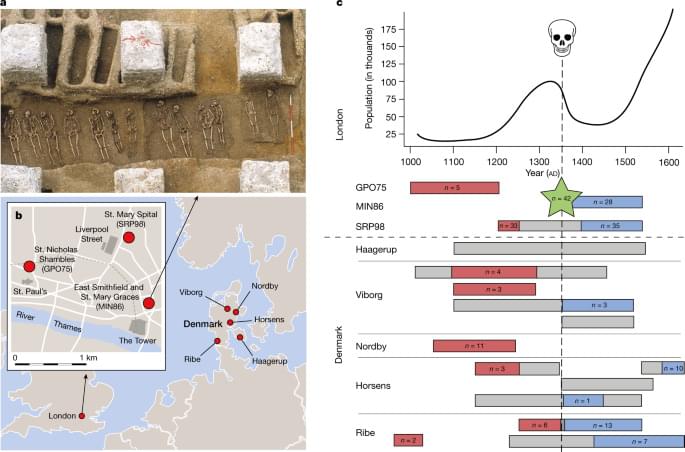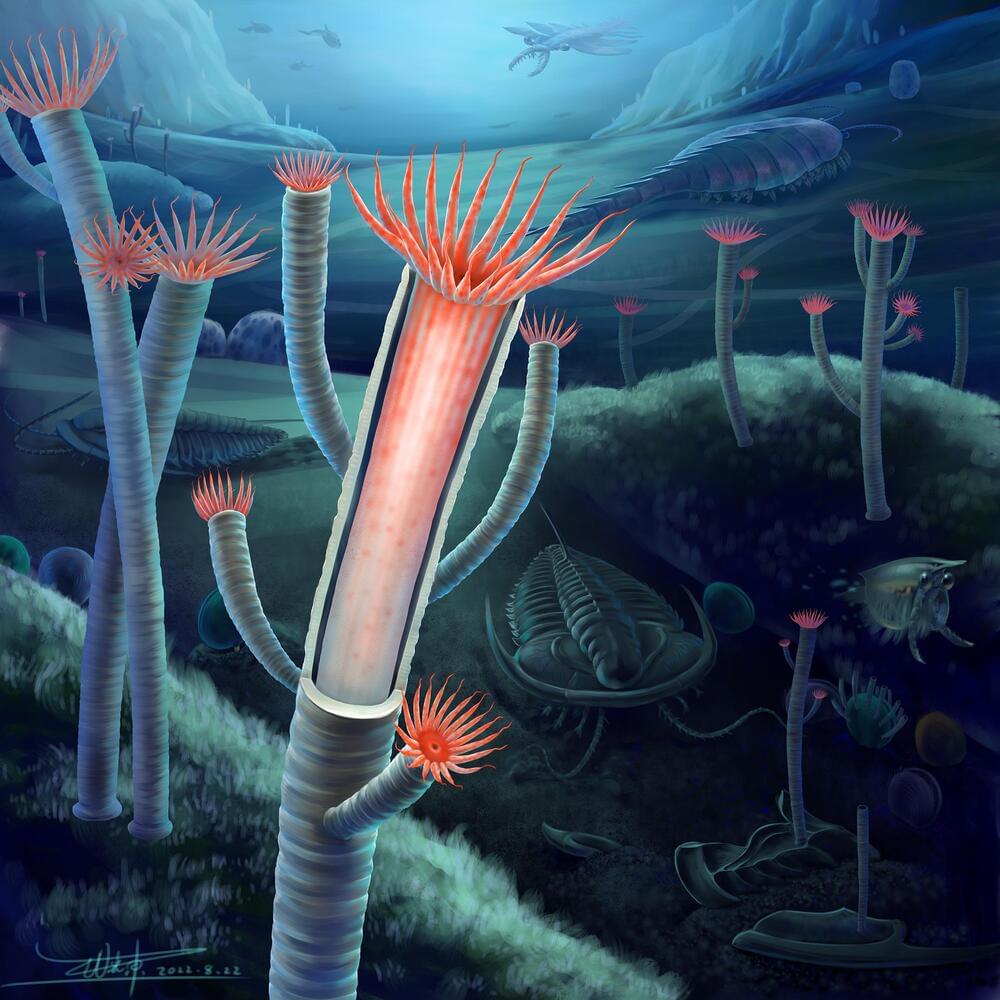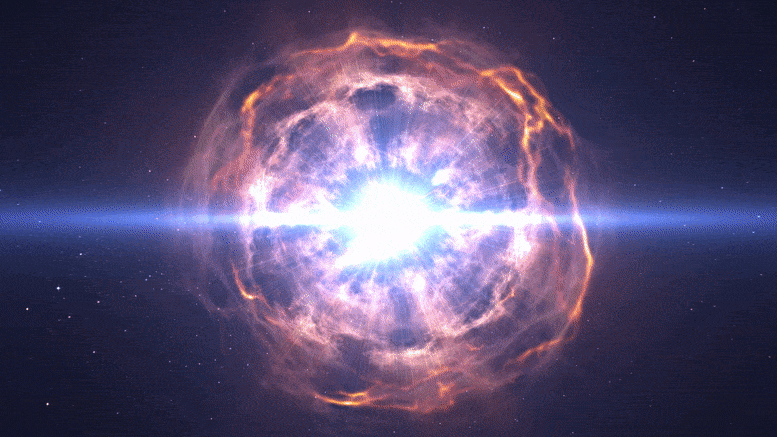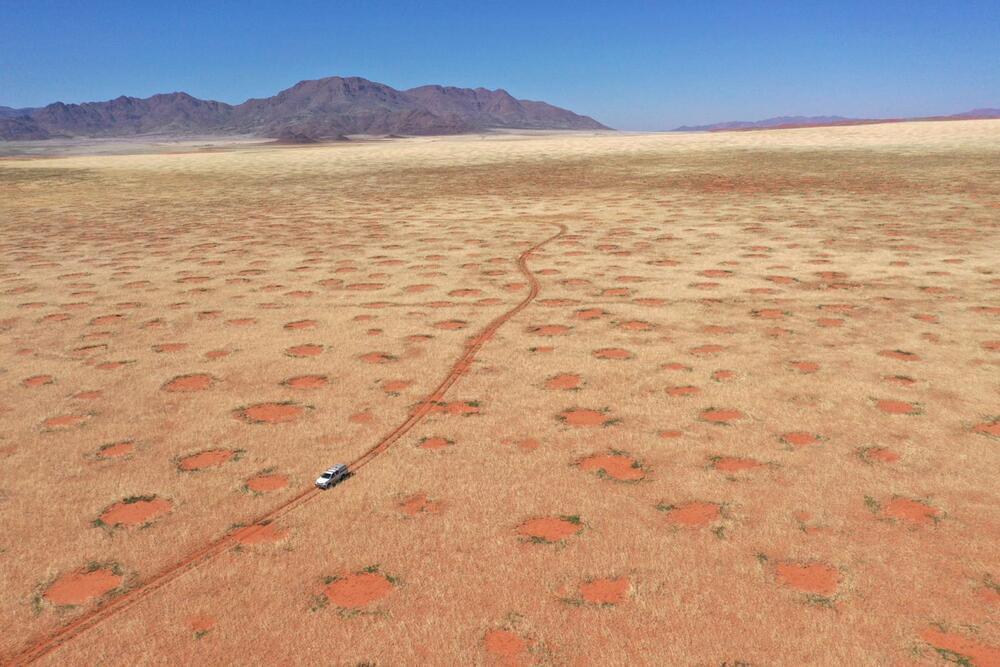Klunk and colleagues identify signatures of natural selection imposed by Yersinia pestis and demonstrate their effect on genetic diversity and susceptibility to certain diseases in the present day.



This could give more immunity to viruses with the gene they found helped people survive the black death.
“We all think that COVID-19 was insane and completely changed the world and our societies,” Barreiro says. “COVID has a mortality rate of about 0.05% – something like that. Now try to project – if it’s even possible – a scenario where 30 to 50% of the population dies.”
Now a new study, published Wednesday in the journal Nature, shows that the Black Death altered more than society: It also likely altered the evolution of the European people’s genome.
In the study, Barreiro and his colleagues found that Black Death survivors in London and Denmark had an edge in their genes – mutations that helped protect against the plague pathogen, Yersinia pestis. Survivors passed those mutations onto their descendants, and many Europeans still carry those mutations today.

Scientists have finally solved a centuries-old riddle in the evolution of life on earth, revealing what the first animals to make skeletons looked like. This discovery was possible due to an exceptionally well-preserved collection of fossils discovered in eastern Yunnan Province, China. The results of the research were published on November 2 in the scientific journal Proceedings of the Royal Society B.
During an event called the Cambrian Explosion around 550–520 million years ago, the first animals to build hard and robust skeletons appear suddenly in the fossil record in a geological blink of an eye. Many of these early fossils are simple hollow tubes ranging from a few millimeters to many centimeters in length. However, what sort of animals made these skeletons was almost completely unknown, because they lack preservation of the soft parts needed to identify them as belonging to major groups of animals that are still alive today.
A recently released set of topography maps provides new evidence for an ancient northern ocean on Mars. The maps offer the strongest case yet that the planet once experienced sea-level rise consistent with an extended warm and wet climate, not the harsh, frozen landscape that exists today.
“What immediately comes to mind as one the most significant points here is that the existence of an ocean of this size means a higher potential for life,” said Benjamin Cardenas, assistant professor of geosciences at Penn State and lead author on the study recently published in the Journal of Geophysical Research: Planets.
“It also tells us about the ancient climate and its evolution. Based on these findings, we know there had to have been a period when it was warm enough and the atmosphere was thick enough to support this much liquid water at one time.”


An analysis of more than two decades’ worth of supernova explosions convincingly boosts modern cosmological theories and reinvigorates efforts to answer fundamental questions.
A powerful new analysis has been performed by astrophysicists that places the most precise limits ever on the composition and evolution of the universe. With this analysis, dubbed Pantheon+, cosmologists find themselves at a crossroads.
Pantheon+ convincingly finds that the cosmos is made up of about two-thirds dark energy and one-third matter — predominantly in the form of dark matter — and is expanding at an accelerating pace over the last several billion years. However, Pantheon+ also cements a major disagreement over the pace of that expansion that has yet to be solved.

Their existence will no longer mystify us.
Identified in Namibia, fairy circles are circular regions of land devoid of vegetation that range in diameter from 7 to 49 feet (2 to 15 meters) and are frequently surrounded by a ring of promoted grass growth.
Until recently, these fairy circles were seen as a mystery. In 2020, in the Department of Ecosystem Modeling at the University of Göttingen in Germany, researchers tried to solve the mystery by using the Turing method — which explains how natural patterns like stripes and dots can emerge organically and independently from a homogeneous, uniform state.
Now, the team has officially sold the mystery, as reported in the release. The results of the research were published in Perspectives in Plant Ecology, Evolution, and Systematics on October 20.

If conditions on a distant planet allowed life to flourish, would it look anything like life here on Earth? It’s a question that’s seen a Darwinian rise of contradictory theories over the years.
Now, in an interview with the BBC’s Science Focus magazine, Simon Conway Morris, an evolutionary palaeobiologist at the University of Cambridge, says “with reasonable confidence” that human-like evolution has occurred in other parts of the universe.

Five malicious dropper Android apps with over 130,000 cumulative installations have been discovered on the Google Play Store distributing banking trojans like SharkBot and Vultur, which are capable of stealing financial data and performing on-device fraud.
“These droppers continue the unstopping evolution of malicious apps sneaking to the official store,” Dutch mobile security firm ThreatFabric told The Hacker News in a statement.
“This evolution includes following newly introduced policies and masquerading as file managers and overcoming limitations by side-loading the malicious payload through the web browser.”
Researchers from the Chinese Academy of Sciences‘Institute of Vertebrate Paleontology and Paleoanthropology (IVPP) have recently found two fossil repositories in the early Silurian strata of southwest Guizhou and Chongqing that are rewriting the “from fish to human” evolutionary story.
Four different papers describing their findings were recently published in the journal Nature.
Humans are one of the 99.8% of species of extant vertebrates that are gnathostomes, or jawed vertebrates. The basic body plan and several key organs of humans can be traced back to the origin of gnathostomes. One of the most significant developments in the evolution of vertebrates is the emergence of jaws.